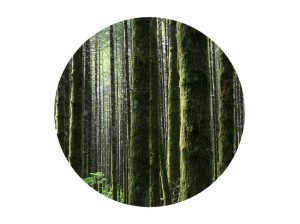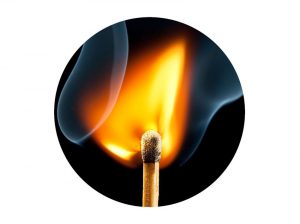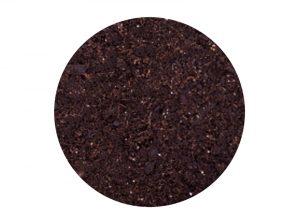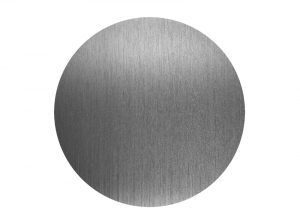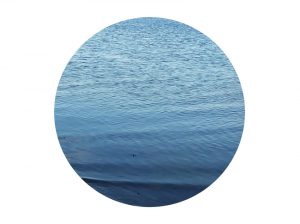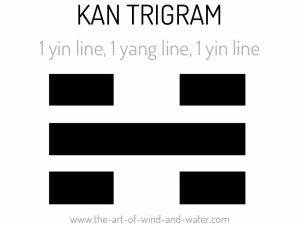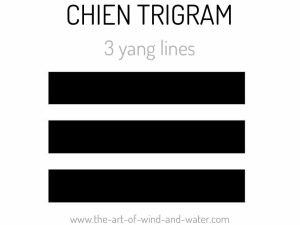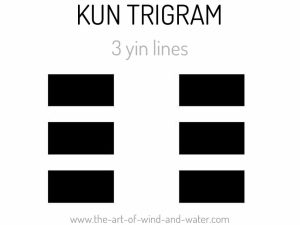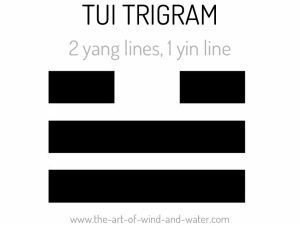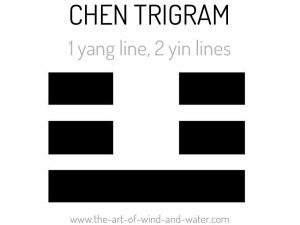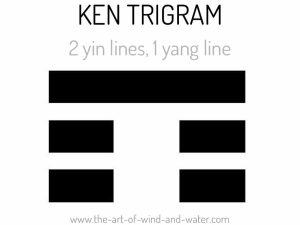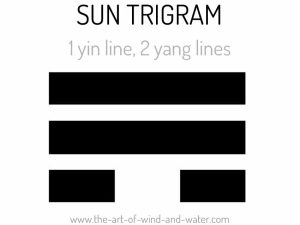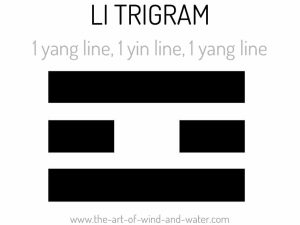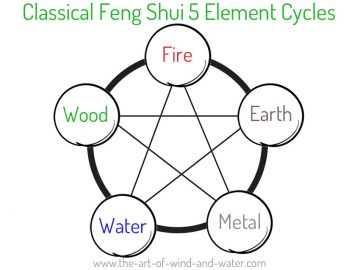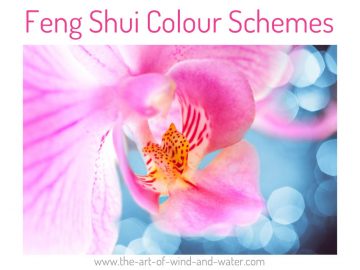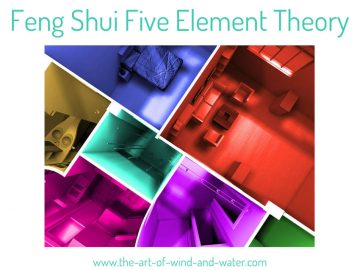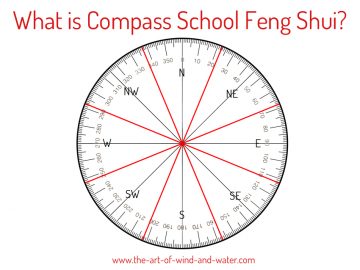
What is the Yin Yang Theory? Simply opposites – black and white. Every characteristic of Yin is the polar opposite or the contrasting quality of Yang. Together they symbolise a cycle of constant change: from dark to light, feminine to masculine, winter to summer, cold to hot, wet to dry, aggressive to passive, absolute to infinite and so on. Whilst polar opposites, Yin / Yang also complement each other.
Taiji
(unity / the one / the whole / the complete)
↓
divides into
↓
Yin and Yang
(absolute and infinity)
↓
which then divide into
↓
The 5 Elements
(Wu Xing)
↓
which then divide into
↓
The 8 Trigrams
Yin and Yang represent duality, although these two parts together are ultimately one whole (Taiji). Yin and Yang are united pairs - they cannot exist without the other. Like two sides of a coin, separated but joined. To be in balance, both have to be present – known as ‘unity in duality’. In the Chinese language they do not put the word ‘and’ between Yin Yang to demonstrate this unity.
- Opposites
- Divisible but inseparable
- Rooted in each other
- Counterbalance each other
- Mutually transform each other
In Yin Yang Theory, the Yin Yang state are never static, only temporary:
Yin is born out of Yang
↓
grows
↓
peaks
↓
then exhausts into Yang
↓
Yang is then born out of Yin
↓
grows
↓
peaks
↓
then exhausts into Yin
Within the darkness of Yin, there is small part of the light of Yang and within the brightness of Yang, there is a small part that is dark. This means there must always be unsteadiness within balance. The most common Yin/Yang symbol (also known as the Taiji Diagram or the Taijitu) has a black dot in the middle of the white area and a white dot in the middle of the black area. Another older symbol for these is the unbroken or solid line for Yang and the broken or divided line for Ying. These come from the diagrams used in the I Ching – The Book of Changes.
Yin Yang Qualities
The world can be observed by either having Yin or Yang qualities. From personalities, phase, weather, temperature, seasons, time, landscape, texture, mass, food, health, shape etc. In Feng Shui, Yin Yang can is observed in your surrounding environment.
| YIN | YANG |
|---|---|
| Dark | Light |
| Night | Day |
| Dull | Luminous |
| 0 | 1 |
| Female | Male |
| Earth | Heaven |
| Moon | Sun |
| Water | Fire |
| Winter | Summer |
| Cool | Warm |
| Wet | Dry |
| Negative | Positive |
| Passive | Active |
| Empty | Full |
| Compress | Expand |
| Close | Open |
| Soft | Hard |
| Weak | Strong |
| Destructive | Creative |
| Backwards | Forwards |
| Inward | Outward |
| Downwards | Upwards |
| Introvert | Extrovert |
| Receive | Create |
| Hollow | Solid |
| Decrease | Increase |
| Substance | Function |
| Rural | Urban |
| Valley | Hill |
| River | Ocean |
| Meridians: liver, heart, spleen, lungs, kidneys | Meridians: gall bladder, small intestine, stomach, large intestine, pericardium, bladder |
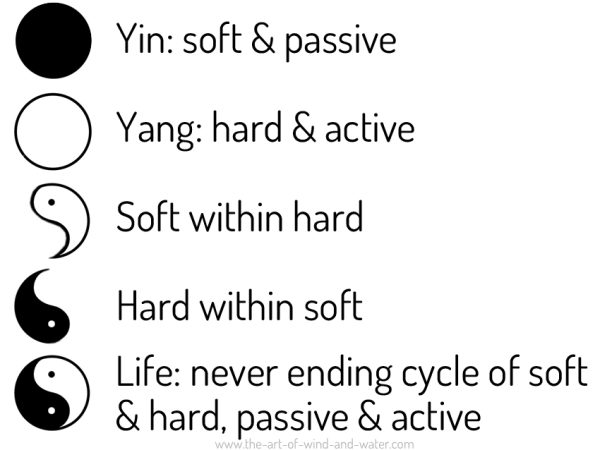
Yin Yang Aspects
There are other relationships with Yin Yang that are not opposite. Yin Yang are not separate even though they are opposites. They exist together, they cannot exist alone, they are interdependent and they are constantly changing into each other. Together they can be observed as changes in balance. These four aspects describe the possible relationships between Yin Yang:
- Yin Yang - opposition
- Yin Yang - interdependence
- Yin Yang - mutual consumption
- Yin Yang - inter-transformation
The Five Elements
Within the 5 Element Theory they are used with each Element e.g. Yin Water or Yang Water. Yin Water would be a gentle stream or bubbling brook whereas Yang Water would be a roaring ocean or crashing waves on the shore. The 5 elements can further describe the qualities of Yin Yang with colour, organs, body parts. Click on the graphics below to explore each element in detail.
The 8 Trigrams
These 8 Trigrams are rooted in the I Ching (Book of Changes) and when two of the trigrams are combined, they become 64 hexagrams. In Classical Feng Shui, there are 8 compass directions and the Tai Chi (middle sector). This creates up an octagonal shape that can be laid over a plot or floor plan (known as the Bagua). The 8 trigrams can further describe the qualities of Yin Yang with colour, organs, body parts etc. Click on the graphics below to explore each element in detail.

